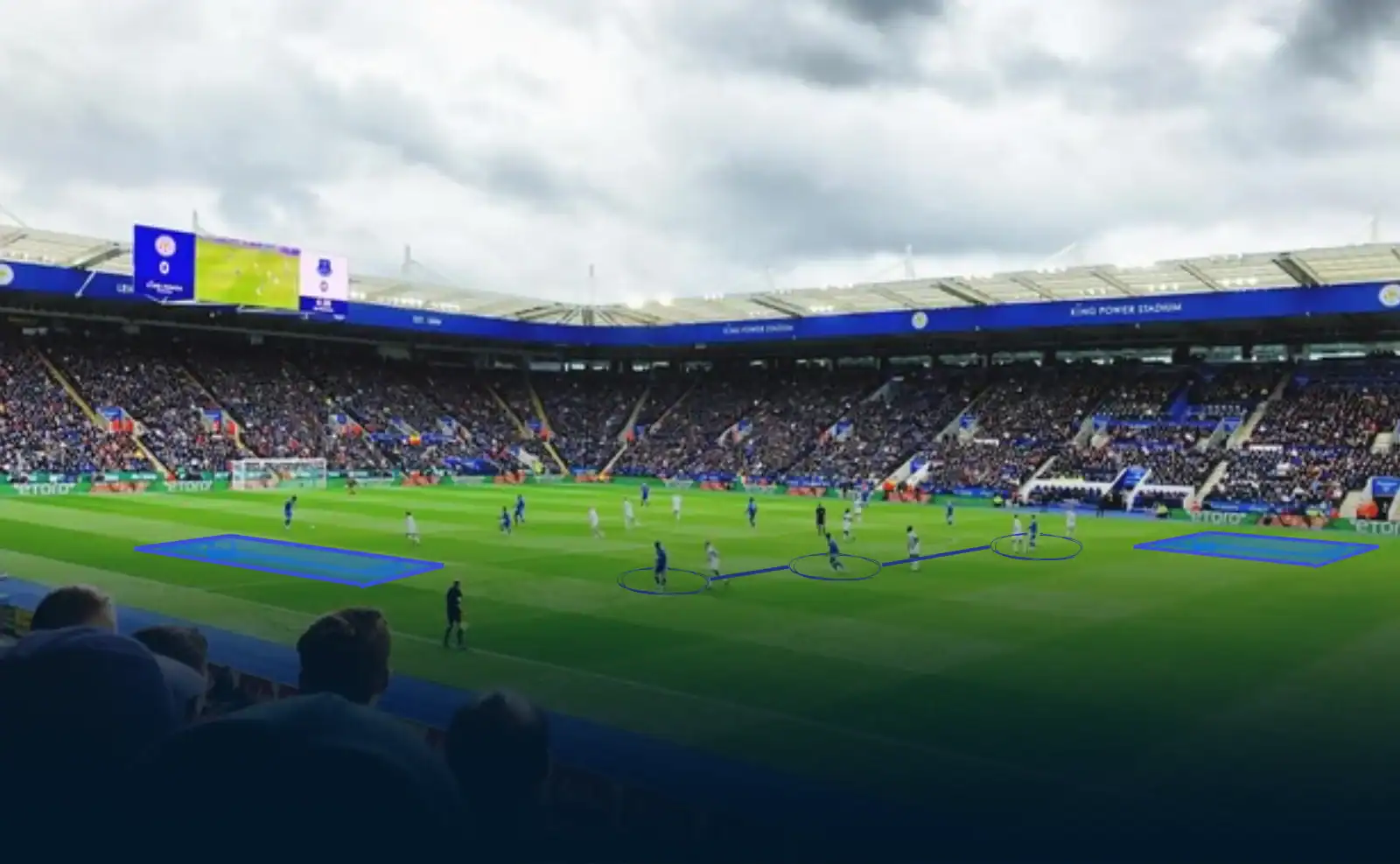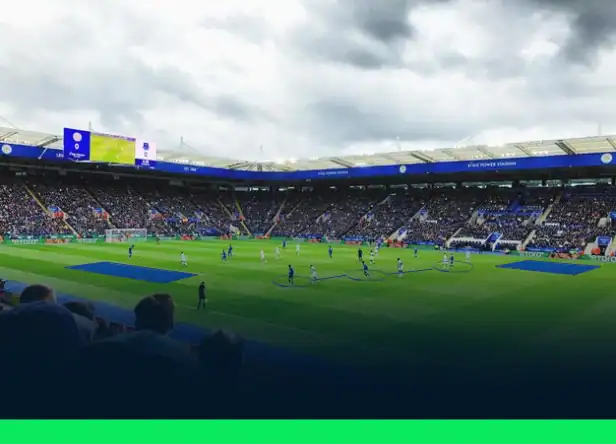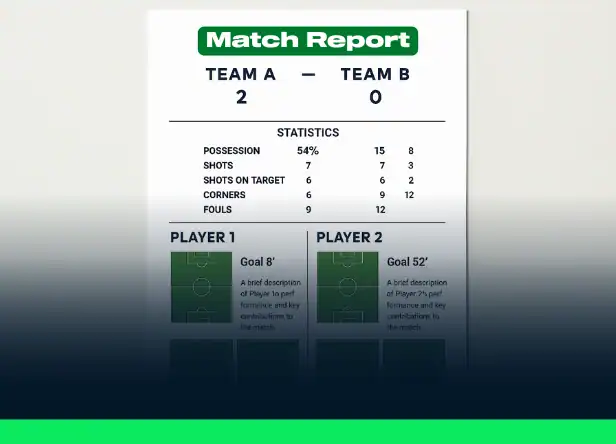Scouts and aspiring scouts will spend countless hours analyzing matches. Each fixture is an opportunity to pinpoint emerging talent and compile a tailored scouting dossier. While formal coaching certifications bolster your understanding of recruitment regulations and video-analysis tools, practical, systematic match observation remains the cornerstone of quality scouting.
We briefly mentioned it in our guide articles about writing a soccer report and learning how to take notes as a scout. Now let’s focus on what you should observe during a soccer match.
Knowing What to Observe During a Soccer Match: An Essential Skill for the Scout

To understand the methodology required to create an observation report—whether analyzing a team or more specifically a player—a certification program may be necessary. In addition to discovering the full scope of the scouting profession, you’ll master all the regulations related to recruitment. There’s no academic degree to become a scout. Either you work hard to get in the field and experience it yourself, or a training program will give you the skills needed to work as a scout for a club.
What Should You Observe During a Soccer Match?
When arriving at a field to evaluate a player (or players) on a team, the scout absolutely must know WHAT to observe in the match and HOW. There’s no secret: training is the best way to learn.
However, if you want to know more before diving in, here are some explanations to help you understand what to observe during a soccer match.
Observing a Player’s Physical Attributes
Every position demands athleticism, with speed and stature taking center stage. Attackers need explosive pace to beat defenders in open play and on counters, whereas defenders rely on recovery speed to close gaps. Height and vertical leap are critical for goalkeepers and center-backs in aerial duels; assess reactive explosiveness during crosses and long balls.
Note that both raw measurements and in-game application, as a tall player lacking acceleration may struggle at higher levels.
“Did you know? Some training academies conduct tests to evaluate a young player’s growth potential.”
Observing a Player’s Technical Attributes
Every job is underpinned by ball mastery. A clear first touch under duress shows poise; passing range and eyesight betray game awareness and decision-making. Watch for heading ability—both offensive flick-ons and defensive clearances—and observe dribbling technique and ball defense in confined quarters. Comfort with the weaker leg increases tactical freedom, therefore document any foot-bias in match scenarios.
Observing a Player’s Tactical Attributes
The four phases of soccer— attack, defense, transition, and set-pieces—demand sharp game understanding. Effective positional awareness stops ball watching, but role fluidity reveals whether full-backs may overlap and recover or midfielders travel between lines effortlessly. Track player communication—encompassing runs, coordinated pressing, and tempo management, such as when a player slows play to retain control or speeds to fit open space.
Key observations during a soccer match
- A player should never be standing still. Otherwise, we call that a “cone” or a “spectator.” If that’s the case, note it down.
- A player must know how to adjust his positioning based on the different phases (attacking, defending, transition).
- A player must have a good “soccer IQ.” In other words, strong game intelligence.
Observing a Player’s Mental Attributes
One of the most important observations during a soccer match is the mental aspect of the players. A young player who doesn’t have the right attitude on or off the field is a red flag for any scout.
High-performance environments hinge on attitude. Evaluate intensity during warm-ups and training, resilience after mistakes, and ability to handle pressure. Look for coachability in body language toward staff and leadership among peers. Discipline in non-play moments—hydration habits, pre/post-match routines—hints at long-term growth potential.
A good player must obviously be able to manage his emotions and show that he knows how to play as part of a team.
Structuring Your Match Observation
Pre-match preparation
Set your goals and give some players or positions first priority. Employ a tailored checklist including the four pillars and make certain your video tagging software is familiar with your live notes with video.
In-match methods
Maintaining focus calls for splitting the 90 minutes into three 30-minute blocks. In every block, note team shape, personal contributions, and important events such as goal-creating activities or defensive errors. Every 10 minutes, rotate your attention to avoid tunnel vision and highlight game-defining incidents.
Review After Match
Merge live notes with video snippets; record quantifiable actions such as successful dribbles, duels won, pass completion %; and place performance in context by taking into account opposing quality, game relevance, and environmental conditions.
How to Observe a Soccer Match?
Now that you know what to observe during a soccer match, the next question is how to train.
Once again, only specialized training will give you the tools to learn how to analyze a soccer match and identify talent.
Training also allows you to learn how to use scouting software, understand how the scout profession works, learn how to write a soccer report, and acquire all the other necessary skills to work in this field. If you’re looking for both theoretical and practical soccer training to prepare you with video analysis methods and tools, SoccerEDU offers a complete course.
Enhancing Your Scouting Sense
Formally trained courses—such as specialised video-analysis certifications—teach sophisticated approaches to statistical profiling, heat-map interpretation, and tagging. But nothing takes the place of repetition: go to youth leagues, reserve-team games, and worldwide youth tournaments to improve instinct and pattern recognition.
Conclusion: Importance of Scouting Observation
Effective scouting combines objective metrics with consistent vocabulary and organized observation. Using thorough note-taking methods, scouts can provide thorough talent assessments that will shape educated recruitment choices by breaking matches into thematic intervals, concentrating on specific physical, technical, tactical, and psychological markers.





